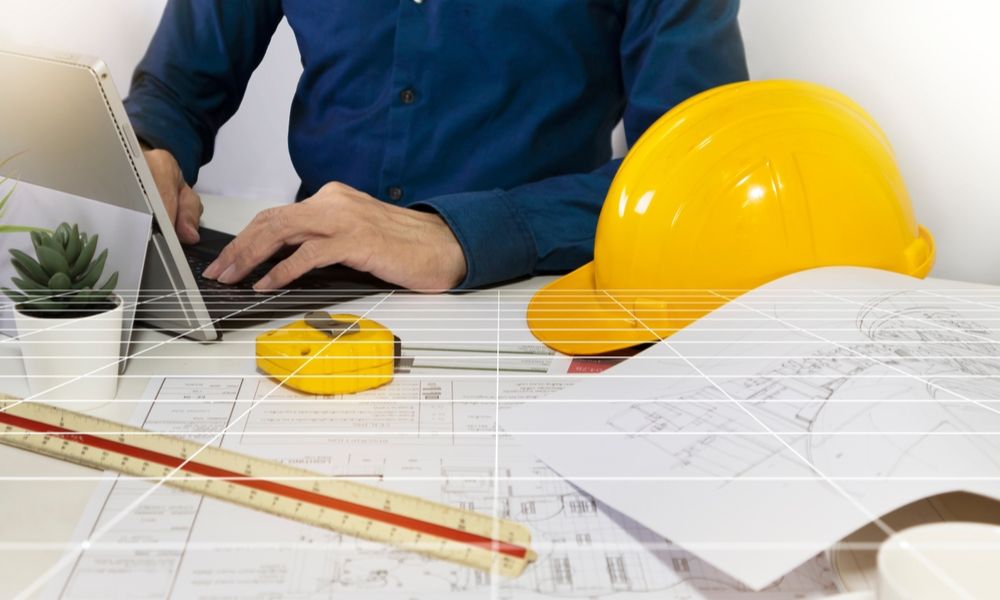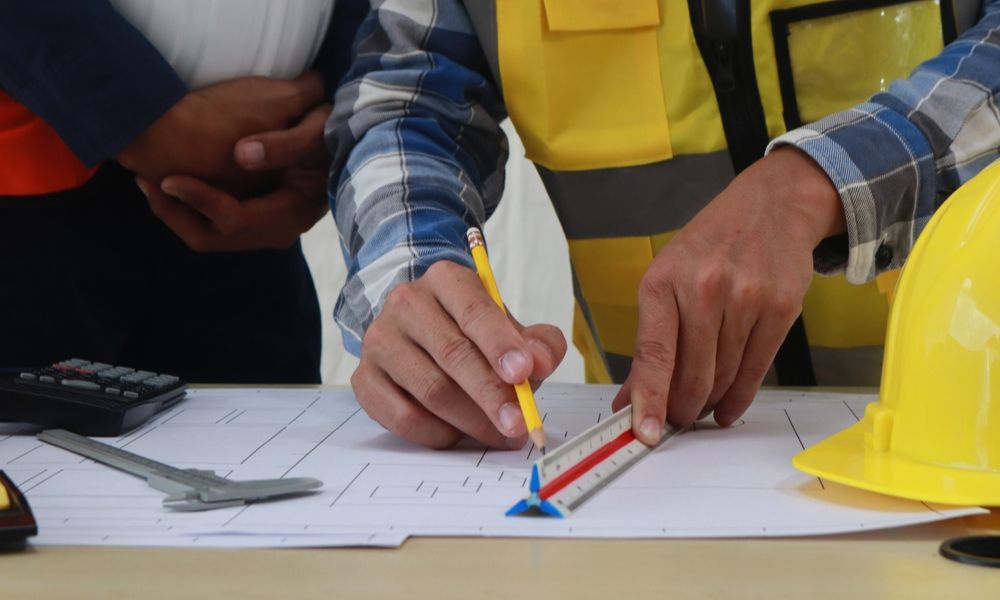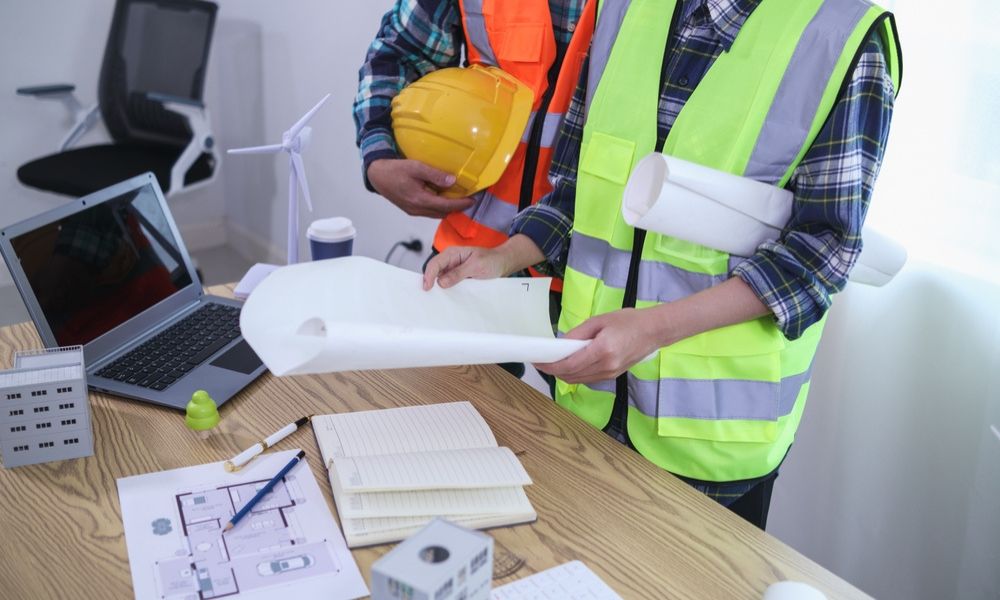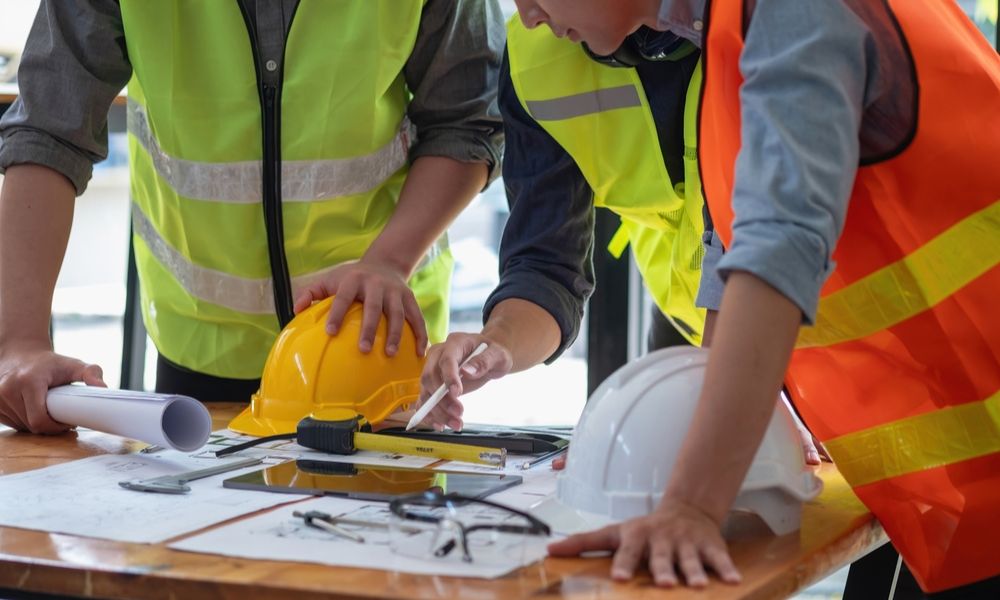Last updated on January 1st, 2025 at 12:12 pm
The construction industry is constantly evolving, and Building Information Modeling (BIM) has become one of the most transformative tools in recent years. For quantity surveyors (QS), BIM software has revolutionized the way they approach cost estimation, project management, and collaboration. With its ability to integrate 3D models, precise data, and real-time collaboration, BIM software is helping quantity surveyors streamline their workflows and deliver more accurate results.
We explore how BIM software is changing quantity surveying, its key benefits, and what this means for the future of the profession.
What is BIM?
Building Information Modeling (BIM) is a digital representation of a building’s physical and functional characteristics. It goes beyond traditional 2D drawings by providing a 3D model that incorporates real-time data on materials, costs, and timelines. In addition to 3D, BIM also covers dimensions like 4D (time), 5D (cost), and 6D (sustainability), giving quantity surveyors access to comprehensive project data and powerful visualization tools.
For quantity surveyors, BIM enables detailed cost estimation, improved collaboration, and a reduction in costly errors, creating a more efficient and streamlined process for project planning and management.
The Role of BIM Software in Quantity Surveying
Quantity surveying involves a range of tasks, from cost estimation and budgeting to project cost management. Traditional methods involved manual measurements, cost estimations, and relying on 2D drawings, which could be time-consuming and prone to errors. BIM software automates and enhances many of these tasks, creating a more reliable and efficient workflow.
Here’s a look at how BIM software is transforming the quantity surveying landscape:
Enhanced Accuracy in Cost Estimation
One of the most significant challenges quantity surveyors face is ensuring that cost estimates are accurate. Traditional estimating relied on interpreting 2D drawings, which often led to errors due to misinterpretation or lack of details. BIM’s 3D modeling and real-time data significantly reduce this risk.
How BIM Improves Cost Estimation:
- Automated Quantity Takeoffs: BIM software can perform quantity takeoffs automatically, reducing the time required and minimizing errors in measurements.
- Detailed Material Data: BIM includes material specifications, which allows for more precise estimation of material costs.
- Cost Updates in Real-Time: Changes in the project design automatically update material quantities and costs, keeping estimates current.
With BIM, quantity surveyors can provide more accurate estimates earlier in the project, leading to better budget management and fewer unexpected costs down the line.
Streamlined Collaboration and Communication
In traditional construction workflows, quantity surveyors had to manually update cost estimates and share them with the project team, often leading to miscommunication and delays. BIM software centralizes data and provides a shared platform where all stakeholders can view project changes and updates in real-time.
Benefits for Quantity Surveyors:
- Single Source of Truth: BIM serves as a centralized repository, ensuring all parties have access to the latest data.
- Enhanced Communication: Project teams can communicate more effectively, leading to better decision-making and fewer misunderstandings.
- Real-Time Feedback: Quantity surveyors can receive and act on feedback quickly, helping them keep estimates aligned with project changes.
Improved collaboration ultimately leads to greater project cohesion, ensuring that all stakeholders work with accurate and up-to-date information.
Better Visualization of Project Data
Quantity surveying relies heavily on understanding every detail of a project. BIM software’s 3D modeling provides a visual representation that helps quantity surveyors comprehend the project’s scope and requirements more clearly than traditional 2D drawings.
Visualization Advantages in BIM:
- 3D Models: BIM allows quantity surveyors to visualize the entire project, giving them a better understanding of dimensions and material requirements.
- 4D and 5D Modeling: Beyond 3D, BIM offers time (4D) and cost (5D) dimensions, showing how changes impact the timeline and budget.
- Conflict Detection: By visualizing the project in BIM, surveyors can identify potential clashes or conflicts early, reducing costly revisions.
Enhanced visualization helps quantity surveyors create more detailed and accurate budgets, improving client satisfaction and reducing project risks.

Improved Risk Management and Cost Control
Risk management is a crucial part of quantity surveying. Traditional methods often left quantity surveyors working with outdated information, increasing the likelihood of project delays or budget overruns. BIM’s real-time data allows quantity surveyors to anticipate potential issues before they become costly problems.
How BIM Assists in Risk Management:
- Early Conflict Detection: By using BIM’s 3D model, quantity surveyors can detect potential clashes between structural elements early in the design phase.
- Data-Driven Decisions: BIM allows surveyors to analyze data and make more informed cost-related decisions, reducing risks related to budgeting and materials.
- Scenario Testing: BIM enables quantity surveyors to run “what-if” scenarios, testing how changes in design or materials impact the budget.
With these features, BIM enables a proactive approach to risk management, helping quantity surveyors control costs and prevent delays.
Increased Efficiency and Productivity
BIM software automates many tasks traditionally performed manually, such as takeoffs and cost estimations. This automation frees up quantity surveyors to focus on analysis and decision-making rather than data entry and measurement.
Efficiency Gains with BIM:
- Automated Takeoffs and Measurements: Instead of spending hours manually measuring quantities, surveyors can rely on BIM to generate accurate measurements.
- Reduced Rework: Real-time data means fewer revisions and reduced rework, saving time and reducing costs.
- Document Management: BIM software offers better organization and control over project documents, making it easier for quantity surveyors to find and use relevant data.
The time savings gained from BIM enable quantity surveyors to handle more projects, boost productivity, and add more value to each project.
The Future of Quantity Surveying with BIM
As BIM technology continues to advance, the role of quantity surveyors is likely to evolve. Here are some trends we can expect in the future:
- Greater Use of Artificial Intelligence: AI-powered tools will further automate tasks, helping quantity surveyors quickly generate accurate estimates and predict cost outcomes.
- Increased Adoption of Cloud-Based BIM: As more companies shift to cloud-based BIM software, remote access will improve, enabling surveyors to work from anywhere and collaborate with teams globally.
- More Detailed 6D and 7D Models: As BIM expands into 6D (sustainability) and 7D (facility management) dimensions, quantity surveyors will be able to provide insights into a project’s environmental impact and long-term maintenance costs.
The rise of BIM will likely lead to an expanded skill set for quantity surveyors, with a greater focus on data analysis, digital collaboration, and project lifecycle management.
Conclusion
BIM software is transforming the quantity surveying profession by enhancing cost accuracy, improving collaboration, visualizing project data, and enabling efficient risk management. The result is a streamlined, data-driven approach to quantity surveying that reduces project costs, minimizes errors, and enhances productivity. By adopting BIM, quantity surveyors can provide clients with more accurate budgets, timely updates, and a higher level of service.
As the construction industry becomes increasingly digital, the demand for BIM-savvy quantity surveyors will only continue to grow. Embracing BIM software now can help quantity surveyors future-proof their careers and stay competitive in an evolving market.
Ready to Master Bim and Take Your Quantity Surveying Skills to the Next Level?
Enroll in our Quantity Surveying Course Online today! Our comprehensive course will teach you how to use BIM software to improve accuracy, streamline workflows, and deliver exceptional project outcomes. Start building your expertise and advancing your career—sign up now!




